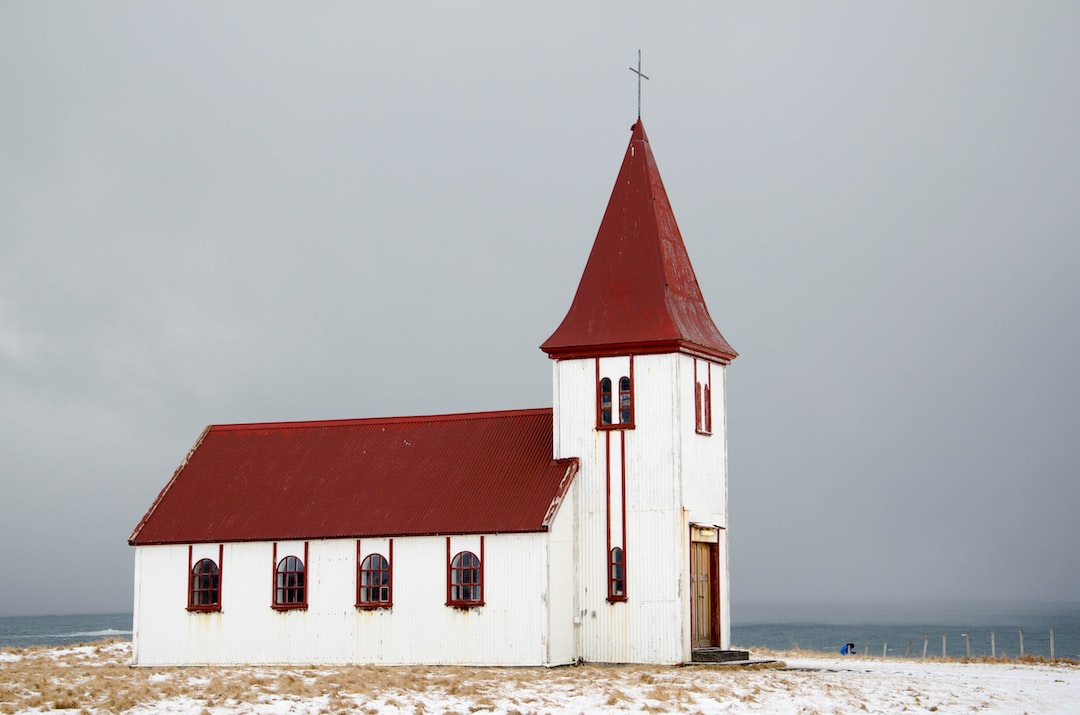Understanding the Significance of Sacred Spaces in Different Religions
Sacred spaces hold immense importance for believers across various religions around the world. These unique places serve multiple roles as they provide a physical location for religious rituals, cultivate a sense of community, and serve as a connection between the spiritual and the physical realms. In this blog post, we will explore the significance of sacred spaces in different religions, highlighting their similarities and differences.
Christianity, one of the world’s largest religions, places significant importance on churches as sacred spaces. These buildings, often adorned with stunning architectural details, are considered to be the house of God. Christians believe that the physical space becomes a sanctuary, allowing believers to connect with the divine presence. Churches are not only places of worship, but also serve as a community hub where various ceremonies and events take place, such as weddings and baptisms.
Similar to Christianity, Islam also emphasizes the significance of special spaces for worship. Mosques play a central role in the lives of Muslims, serving as the primary places for prayer. Unlike churches, mosques aim to create a sense of simplicity in their architecture, focusing on functionality rather than ornate decorations. Muslims believe that mosques are the gateways to heaven, and through their careful design and orientation, they reflect the connection between earthly existence and the divine realm.
In Hinduism, sacred spaces take on a slightly different form. Temples are essential places of worship, housing the deities Hindus revere. These grand structures are often colorful and adorned with intricate carvings, reflecting the deep devotion and reverence of the worshippers. Hindu temples serve as meeting points between humans and gods, where rituals are performed to seek blessings, guidance, and spiritual enlightenment.
Buddhist monasteries, also known as viharas, serve as sacred spaces for followers of Buddhism. These tranquil places are where monks and nuns reside and meditate, as well as being a place of teaching for spiritual aspirants. The architecture of Buddhist monasteries reflects the importance of harmony with nature. These spaces often feature open courtyards, gardens, and meditation halls to foster a serene environment for reflection and introspection.
Judaism, one of the oldest religions, has a strong emphasis on synagogues as sacred spaces. Synagogues provide a gathering place for prayer, community events, and study. The Ark, a cabinet that houses the Torah scrolls, is a focal point in any synagogue. Jews believe that the sacred texts kept in the Ark contain the words of God, and the synagogue serves as a space where they are studied, discussed, and revered.
Indigenous religions also have their own unique sacred spaces. Native American tribes, for example, consider natural landmarks, such as mountains, rivers, and forests, as places of spiritual significance. These natural spaces are believed to be inhabited by spirits and deities, and are often used for ceremonies, rituals, and connecting with ancestral spirits. The connection between the land and the spiritual world is deeply rooted in their belief systems.
While the architectural styles and precise rituals may differ, the underlying significance of sacred spaces across religions remains remarkably similar. They provide believers with a tangible place to express their faith, connect with higher powers, and engage with fellow worshippers. Sacred spaces create a sense of belonging, community, and awe that strengthens the bonds of religious identity and fosters a deeper understanding of the divine.
In conclusion, sacred spaces hold great significance in different religions around the world. Churches, mosques, temples, monasteries, synagogues, and natural landmarks all play unique roles in facilitating religious rituals, fostering community, and serving as gateways between the spiritual and the physical realms. While the aesthetics and practices may differ, these sacred spaces provide believers with an essential connection to their faith, enabling them to explore and deepen their spirituality.

